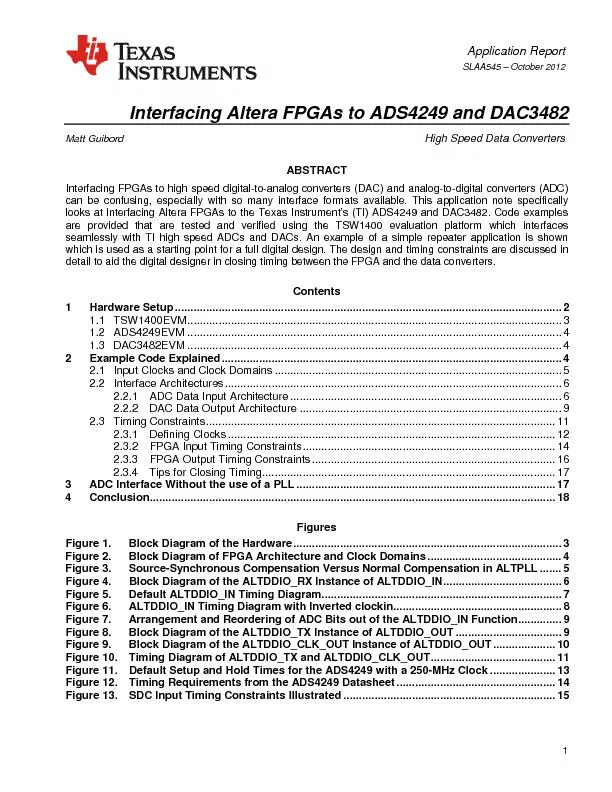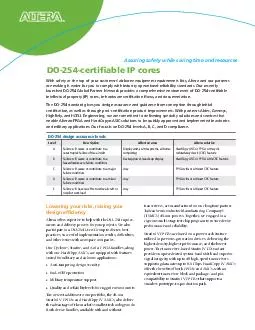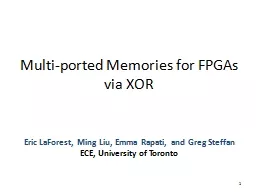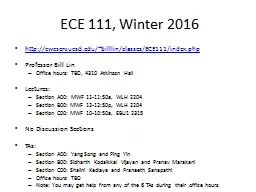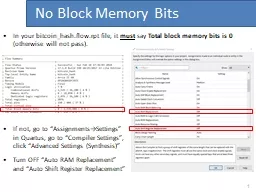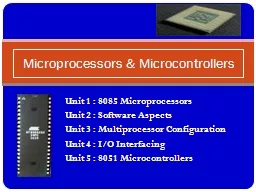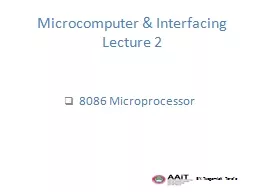PDF-2 Interfacing Altera FPGAs to ADS4249 and DAC3482
Author : celsa-spraggs | Published Date : 2016-04-29
SLAA545 Figure 14SDC Output Timing Constraints IllustratedIntroductionInterfacing FPGAs to highspeed digitalanalog converters DAC and analogdigital converters ADC
Presentation Embed Code
Download Presentation
Download Presentation The PPT/PDF document "2 Interfacing Altera FPGAs to ADS4249 an..." is the property of its rightful owner. Permission is granted to download and print the materials on this website for personal, non-commercial use only, and to display it on your personal computer provided you do not modify the materials and that you retain all copyright notices contained in the materials. By downloading content from our website, you accept the terms of this agreement.
2 Interfacing Altera FPGAs to ADS4249 and DAC3482: Transcript
Download Rules Of Document
"2 Interfacing Altera FPGAs to ADS4249 and DAC3482"The content belongs to its owner. You may download and print it for personal use, without modification, and keep all copyright notices. By downloading, you agree to these terms.
Related Documents

